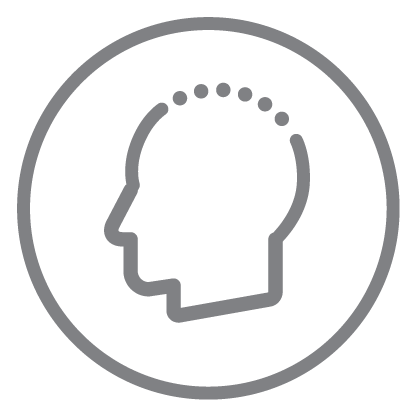The index benchmark 79 countries according to their performance in 40 indicators that track the impact of ICT on a nation’s economy, digital competitiveness and future growth. Combined, these countries account for 95 percent of global GDP.
The GCI is a unique quantitative assessment that comprehensively and objectively evaluates connectivity from both a national and industrial perspective. The research framework covers a combination of advanced and fundamental technologies, enabling analysis of how yesterday, today and tomorrow intersect to help map the global digital economy.














